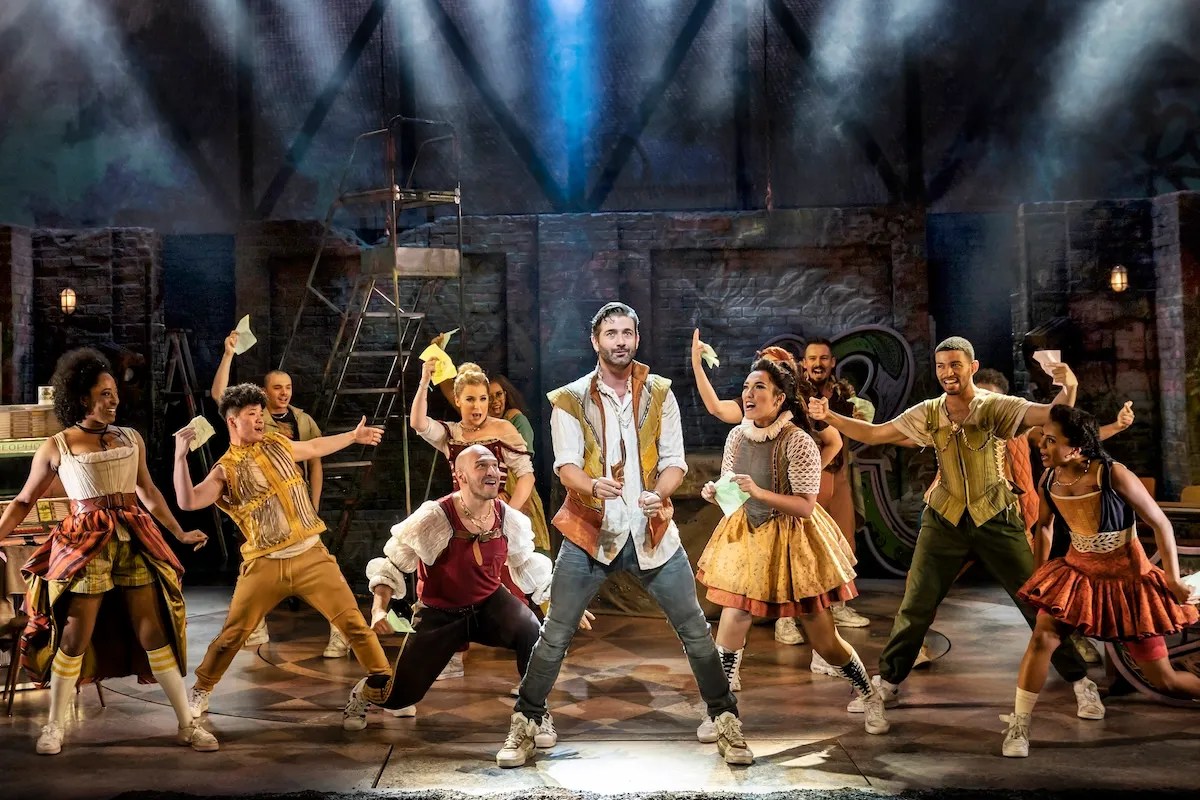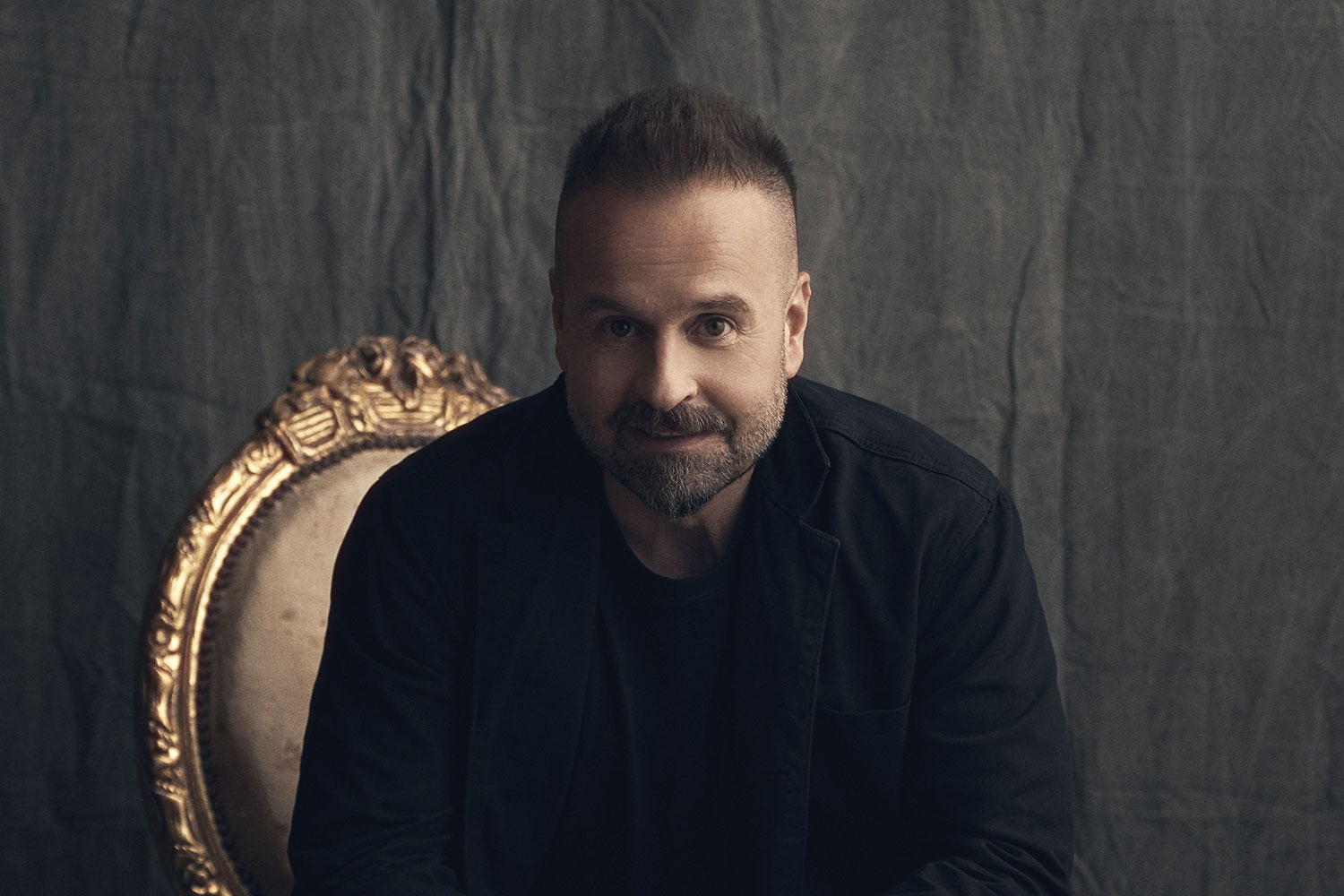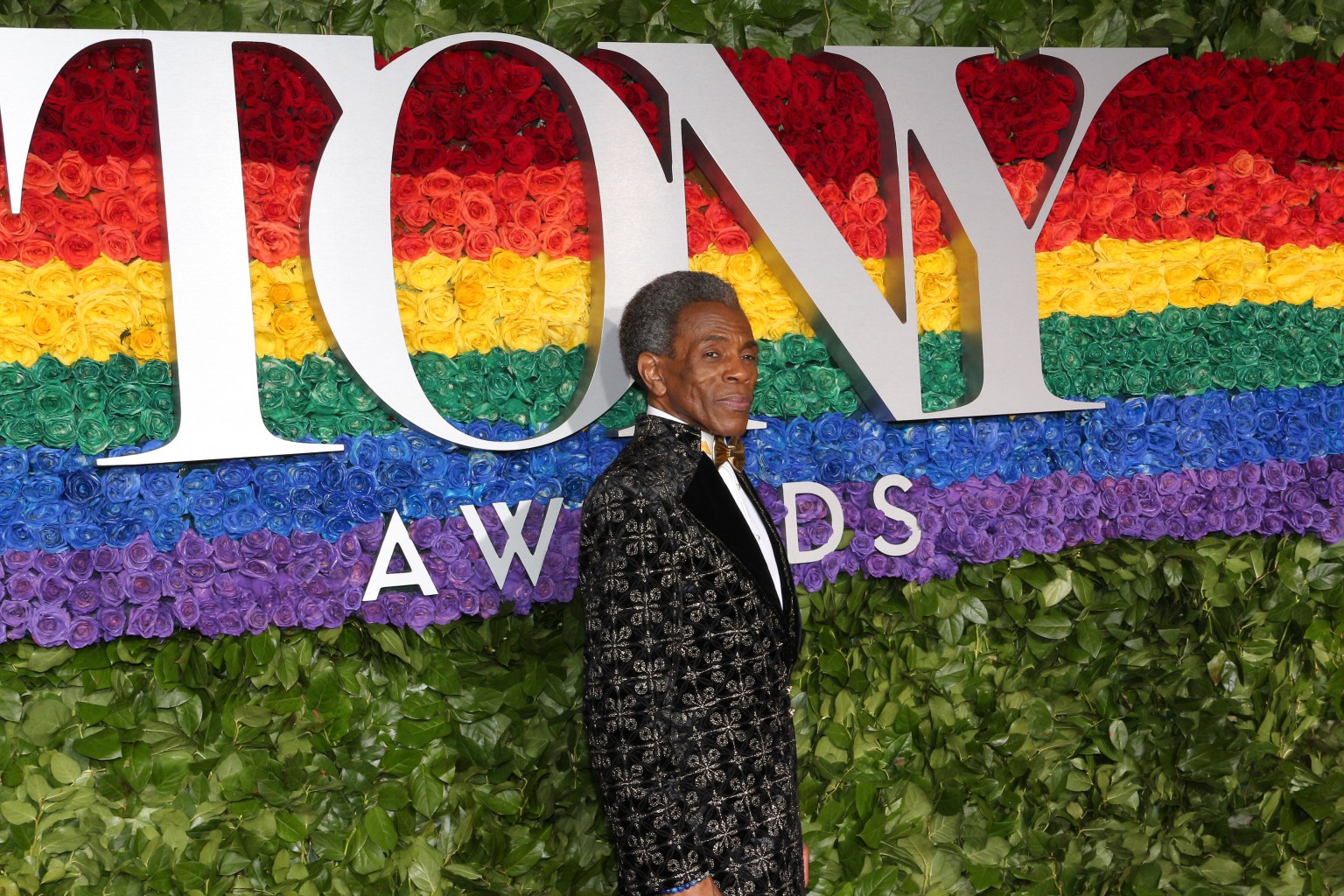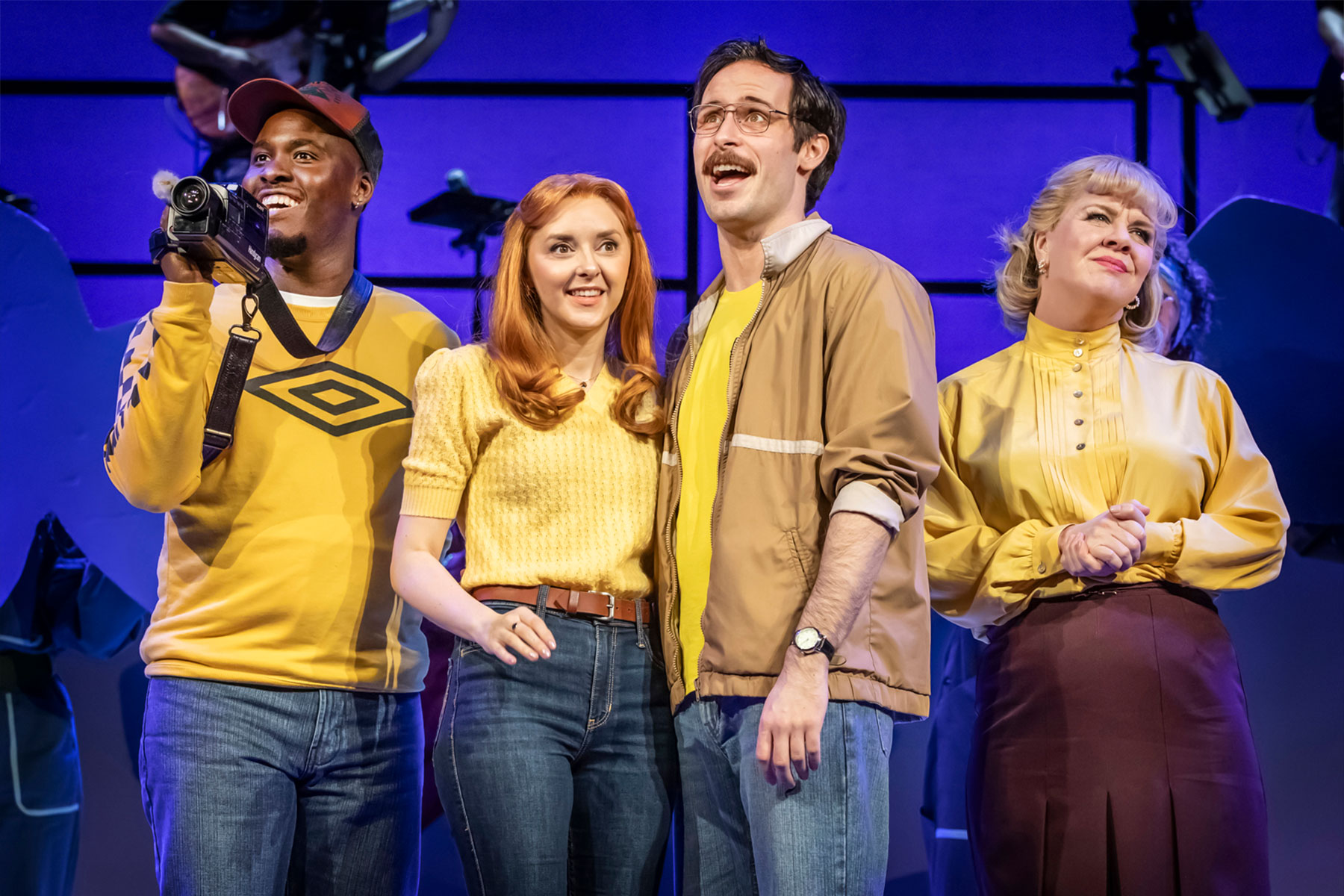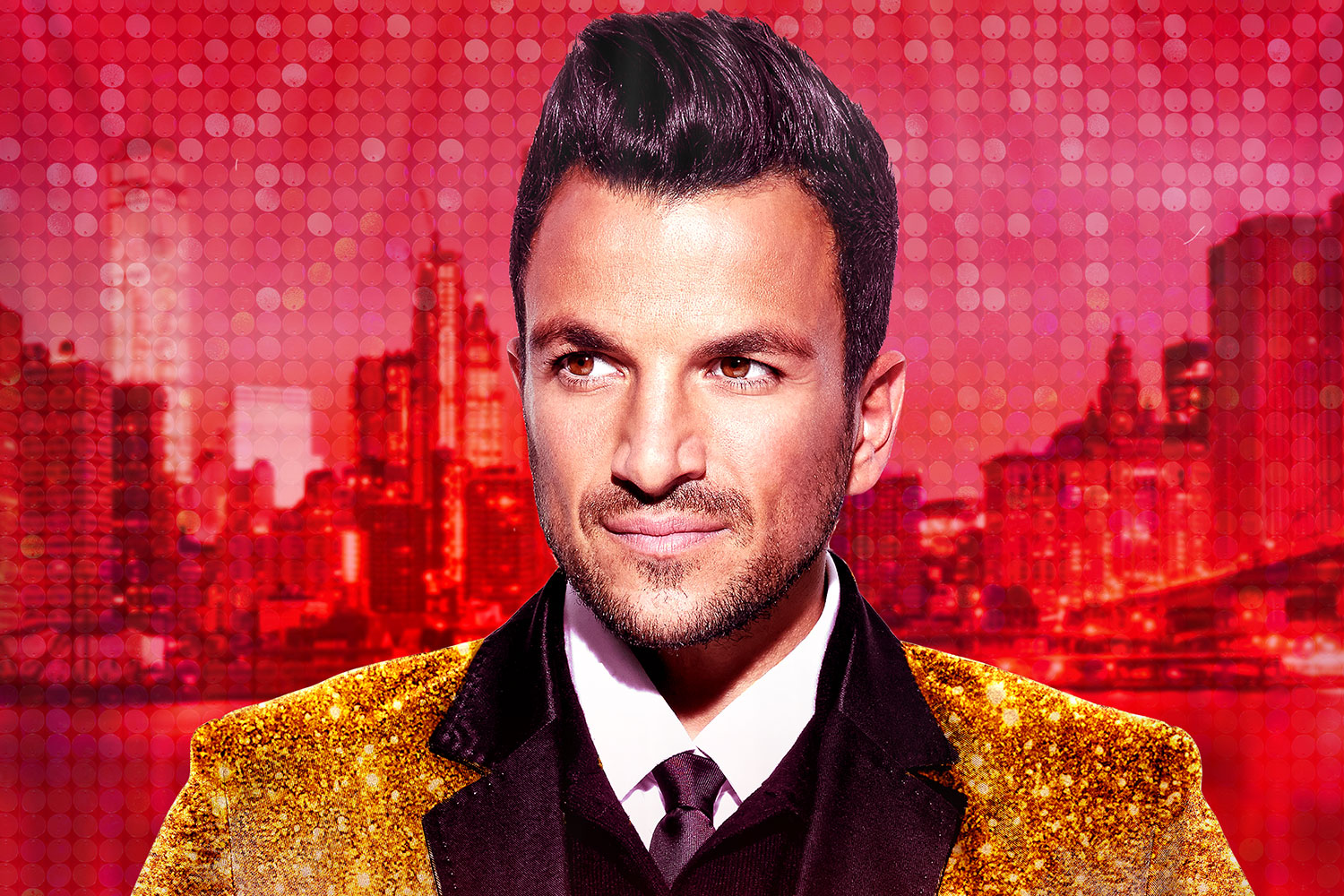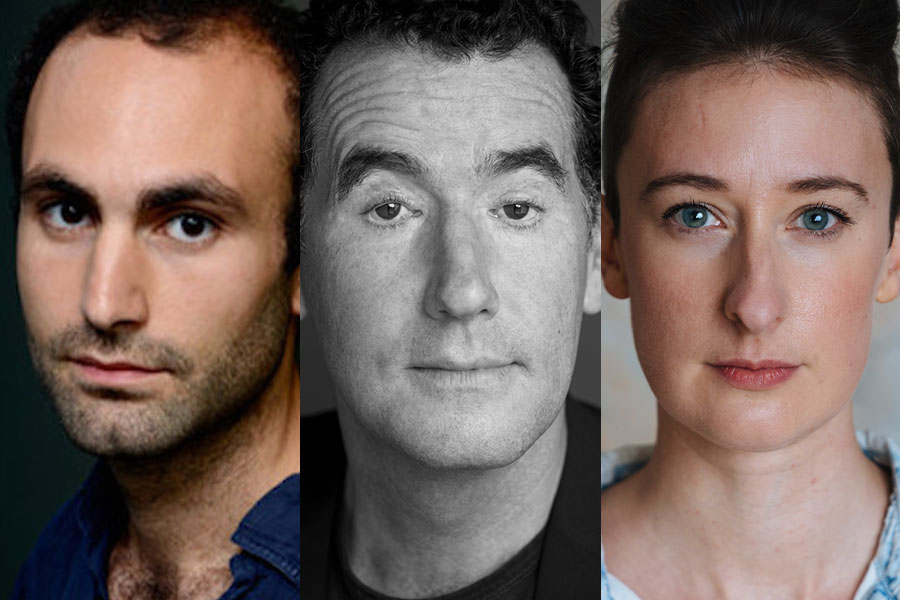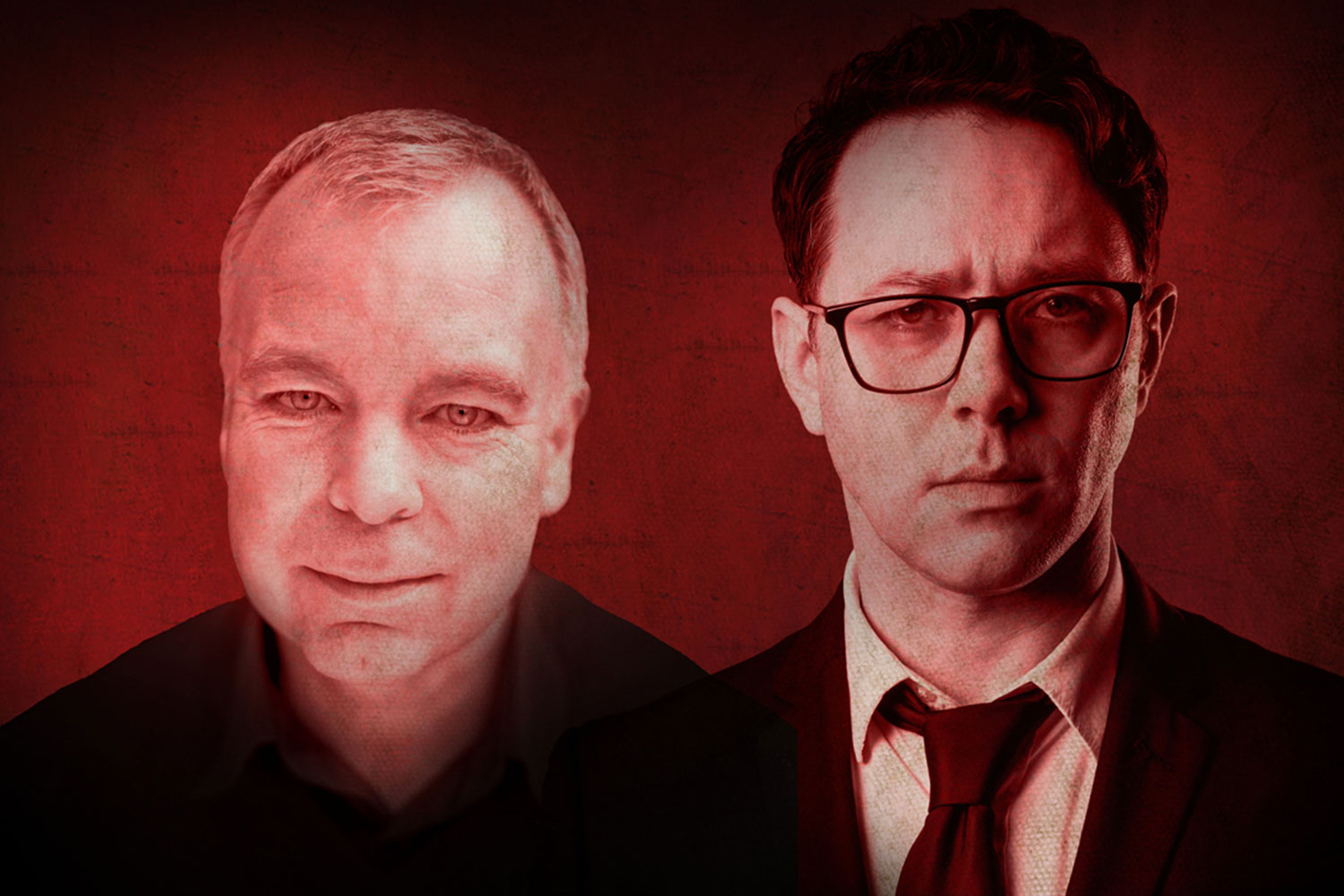Matt Trueman: does theatre have an image problem?
What is it about two blokes in jerkins having a sword fight that says 'theatre'?
Let me go back a step. Last week, I was lucky enough to spend a couple of days in Qatar with the company from Shakespeare's Globe touring Hamlet to every country on earth (except the really dodgy ones). As part of the trip, we went round Doha, the Qatari capital, trying to get a photograph that told the whole story in an instant – a location that screamed Qatar and a pose that screamed Hamlet. You can probably picture the image. Think skyscrapers, sand and a skull. Bingo.
To get some alternatives, the photographer asked the actors playing Hamlet and Laertes to draw their swords. As they leaned into each other, foils crossed, faces snarled, I suddenly clocked the oddity of that set-up: two men in period costume duelling on a patch of grass by the side of a motorway, surrounded by parked cars and picnicking Arabs. They could only be one thing: actors.
That was the strangest thing: that they should be so recognisable as actors. Just as a man with a skull is the universal symbol for Hamlet, so a swordfight stands as shorthand for theatre.
Except, that's not what I mean by theatre, and it's still less the sort of theatre I love. The stage has its fair share of jerkins and jousting, admittedly, but there's something problematic in the way that that image can stand for the entire art-form.
If theatre has an image problem – and I believe it does, even now – it's encapsulated in its iconography. That dominant image reinforces a certain idea of theatre – all period costume and received pronunciation – and that acts as a barrier to new audiences.
Since most people don't go to the theatre, their understanding of it comes from elsewhere: from popular culture, from the media, from marketing. These representations of theatre shape the wider perception of it. For most people, theatre is the pictures that run down escalators, the front page wraparounds on the Evening Standard and the trailers for NT Live on cinema screens.
Have you seen the RSC's Henry IV posters? Aren't they awful? A red-faced Antony Sher, shining under the stage lights, holding up a flagon and guffawing. It looks like an advert for Madame Tussauds – the actors as waxworks, theatre as a shoddy museum. How many people have seen them and sworn off theatre, I wonder?
By contrast, take the Donmar's marketing for the Les Liaisons Dangereuses NT Live screening. Though Tom Scutt's stage design puts the cast in panniers and periwigs, the cinema trailer has Dominic West and Janet McTeer swanning around a gallery in slick modern dress. It looks sexy, contemporary and, yes, theatrical. Where the actual costumes might have been a barrier to non-theatregoing audiences, the advert might just tempt a few in.
These adverts aren't just selling a show. They're selling an entire art-form – and they sit next to blockbuster films and fresh television shows. They have to be top quality.
But even if they are, they only represent a small cross-section of theatre: big shows in big auditoriums with big advertisting budgets.
Imagine a campaign designed to disrupt that: a series of posters plastered around public transport of less visible styles of theatre. Imagine the Sultan's Elephant looming over the entrance to Brixton station; Bryony Kimmings on the back of a bus; the Pomona trailer playing before films. Would that change the perception of theatre? No jerkins. No swords. No skulls. Just vivid, contemporary images of a vivid, contemporary art-form.




